An Impulse turbine is a type of turbine which is used for Electrical Energy. Today in this article we will learn what is impulse turbine and All the terms like Definition, Types, Component, Working Principle, Application, Advantages, and Disadvantages in detail.
Notes: The PDF you can download the end of the articles.
So lets start our topic without further delay,
What is Turbine?
- A turbine can be defined as it is a mechanical component in which fluid is deflected without a pressure drop in the blade passages.
- It extracts energy from a fluid flow and converts it into useful work.
- A turbine is a power-producing machine fitted with shaft-mounted wheels with the use of an Electric Generator.
There are mainly two different types of turbine according to the design of impeller blades, nozzle and so on. These two are:
- Reaction Turbine and
- Impulse Turbine
The Reaction turbines are used in Winds Power Plant for electricity generation. Here we will focus only on Impulse Turbine.
Impulse Turbine Definition:
Impulse turbine is a power producing machine in which the reservoir is at higher level and turbine is located at the ground. The water flowing through the penstock (Nozzle is attached) strikes the blade (Here the potential energy is converted into kinetic energy and kinetic into rotational energy) and then with the help of generator the electricity is obtained.
Some more Information on Impulse Turbine:
- The impulse steam turbine-driven car was designed by Ferdinand Verbiest in 1672 and the impulse turbine was patented by Frenchmen Real and Pichon in 1827.
- The moving water with high kinetic energy and high-velocity water coming to nozzles are converted into turbine shaft work.
- The turbine is best for high head and low discharge of water.
- An Impulse turbine blades are usually bucket in shape.
- The impulse turbine acts on the impulsive force during the striking of the water jet to the turbine blades.
- It is also known as a tangential flow turbine because the water strikes the blades tangentially.
Now we will study types in detail.
Impulse Turbine Types:
The different types of Impulse turbine are:
- Pelton Wheel Turbine
- Turgo Turbine and
- Crossflow turbine
Pelton Wheel Turbine:
In Hydro Power Plant the Pelton wheel turbine is most used and very important in impulse turbine. The Pelton turbine patented by the American engineer whose name is Lester Allen Pelton in 1889. However, this was derived from an earlier design from 1866 by Samuel Knight.
The Pelton turbine works at very high heads efficiently. The buckets used in the Pelton turbine have two hemispherical cups and that are attached to each other, their attachment point is a common edge called a splitter and it splits further water jet into two parts therefore the efficiency of this turbine is increased.
The Pelton Wheel turbine has an efficiency of around 90 to 95 percent.
Turgo Turbine:
Turgo Turbine is another most efficient turbine after the Pelton wheel. It is similar to the Pelton wheel but the main difference between these two is Pelton has two hemispherical buckets and the turbo turbine has only one hemispherical bucket and the cups are more shallow.
This turbine is suitable for both medium and high head turbine in the impulse turbine. This turbine can be used at a very high rotational speed and it can also handle high flow rates compared to a Pelton turbine of the same size.
Crossflow Turbine:
Above we have seen Pelton and Turgo turbine used for a high and medium head in the impulse turbine. But when heads are not many high means the heads are low then we use a Crossflow turbine.
It is modified of Pelton and Turgo turbine and It is used in small Hydro Power Plant for electricity generation. The crossflow turbine was developed by Anthony Michell, Donat Banki, and Fritz Ossberg in 1903.
Here very little maintenance is required, unlike these two turbines. The flowing of water through the turbine is transversely or across the turbine but in another turbine, the water flows radially or axially. Here water flowing through the runner passes over the blades twice, therefore it increases the turbine efficiency.
Impulse Turbine Component:
The following components or main parts of Impulse Turbine is:
- Runner
- Buckets
- Nozzle
- Spear
- Casing
- Penstock
- Braking Jet
Runner:
It is a circular disk that is mounted on the rotating shaft and this rotating shaft is known as a rotor. The runner is a solid circular disc with a cylindrical shaft in the center.
The material we use for runner and shaft is high strength stainless steel becasue the tubine load is high and the other material which is cast iron also used for making runner. The cast iron material is used when heads are not much high therefore force on the turbine is not high.
The cup-shaped blades is known as buckets are evenly spaced which is mounted on a runner.
Buckets:
It is a cup or spoon-shaped blade which is bolted on the periphery of the runner. The material used for making buckets is either cast iron or Stainless steel. The bucket design plays an important role in the efficiency of the turbine.
The buckets are located at the periphery of the runner and when the pressurized fluid through the nozzle hits the bucket, the bucket starts rotating with the runner because of the high pressure received from the fluid.
Nozzle:
The water from the high heads is coming (The water has high velocity) to the nozzle and the nozzle directs the flow of water which further strikes the runner.
The nozzle can be used to increase the kinetic energy of water. It also points the water flow towards the blade in a particular direction. Here in the Impulse turbine, we can use one or two nozzles.
Spear:
The spear shape is in conical structure that moves in and out in the nozzle to regulate the flow of water which strikes the buckets.
Casing:
The casing is made up of cast iron and it is used to protect the other components which are inside the casing from the external environment. The casing is used to stop the splashing of water and further it guides to the spillway so that there is a less or negligible amount of waste of water.
Penstock:
In an Impulse turbine, the reservoir is located at a very high distance and the turbine is located at the ground and The water at the high heads in the reservoir is brought to the turbine using penstock.
The penstock is similar to pipe in which one end is connected to the reservoir of the turbine and other end to the nozzle. It is used for for conveying water to the turbine.
Braking Jet:
The braking jet is used to stop the turbine blade gradually (but not that slow) when the supply of water from the nozzle is stopped.
When the water is passing through the nozzle the buckets rotating but when the nozzle stops supplying water the bucket should not be moving but due to some inertia present it is rotating, therefore, we use a braking jet to stop the movement of the bucket.
We can say the braking jet work is to hit on the opposite side of the blades to stop the blades from rotating instantly.
Impulse Turbine Working Principle:
The Impulse turbine works on the principle of Newton’s second law of motion which states that (the rate of change of momentum of an object is directly proportional to the force applied) In simple words it is the force is equal to the product of mass and acceleration. F=m*a.
Here the working principle depends upon two main factors in which the one is the mass of water flowing and the second is the change in the velocity of the flow coming into the turbine to that of going out of the turbine after impact.
How does Impulse Turbine work?
I think you have read the construction of the impulse turbine which is explained above in detail. Now the water which is stored in the reservoir.
From the reservoir to near turbine blade the penstock is connected which work is to pass the water to the nozzle. The nozzle is attached to the penstock.
The line of the axis between nozzle and turbine bucket is set accordingly so that when the water flows through the nozzle it strikes the bucket and the bucket should start rotating.
At the reservoir, the water is in the form of potential energy. Now water is being released so now it has kinetic energy.
At the nozzle section, we can control the flow of water. When the water is released to the bucket, the buckets start rotating hence the kinetic energy is get converted into rotational energy and in the bucket the turbine shaft is attached which is further connected to the 3 phase motor.
Now the rotational energy is further converted into electrical energy. And The water which is deflected from the bucket flows through a path called tailrace and from here it exits the turbine.
Impulse Turbine Application:
The following application of Impulse Turbine is:
- The impulse turbine is used for generating electrical energy and further that electrical energy comes our household knowns as Electricity.
- It is used in Hydro Power Plant.
Impulse Turbine Advantages:
The following advantages of Impulse Turbine are:
- The overall efficiency of the impulse turbine is high as compared to the reaction turbine.
- The assembly of this turbine is very easy to compare to the reaction turbine.
- It requires less maintenance.
- Here the total amount of hydraulic energy is transferred into kinetic energy when working which is very good for any turbine.
- The Impulse turbine works at high heads that are very good advantages.
- These turbine blades are symmetrical.
- The turbine adjustment followed by flow rate condition. And when the flow rate (Discharge) is high there multiple nozzles are used. But when the flow rate is low a single nozzle is used.
- It can work at low discharge.
Impulse Turbine Disadvantages:
The following disadvantages of Impulse Turbine is:
- The installation cost is more.
- The bucket efficiency is low.
- The impulse turbine takes more space for installing as compared to the reaction turbine.
- Impulse turbine works only in high heads which is difficult to control.
- It has a low working speed.
- The water is admitted only in the form of jets.
Internal Resources:
- Venturi Meter
- Orifice Meter
- Types of Fluid Flow
- Pump vs Compressor
- Francis Turbine
- Kaplan Turbine
- Rotary vs Reciprocating Compressor
- Difference Between Impulse Turbine and Reaction Turbine
- Difference Between Reciprocating Pump and Centrifugal Pump
Reference [External Links]:
- Wikipedia: Turbine
- Impulse Turbine PDF by sciencedirectdirect.com
- MC Graw Hill Access Science Impulse Turbine

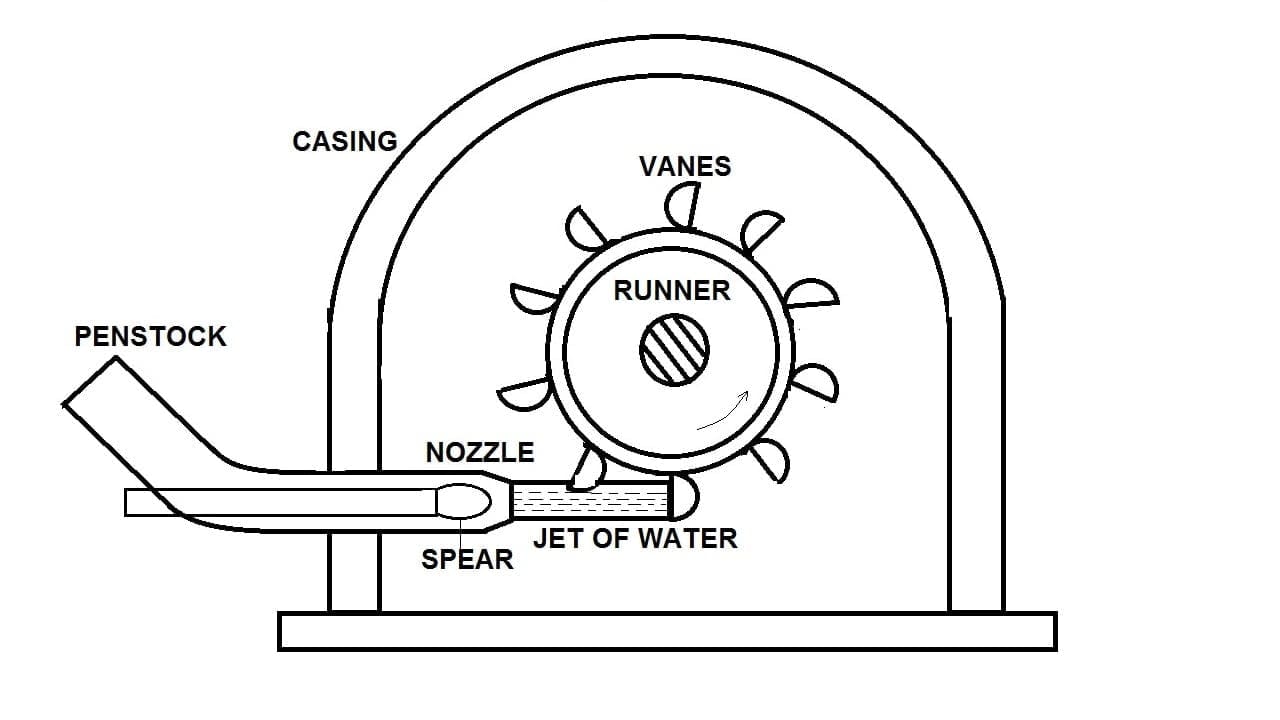
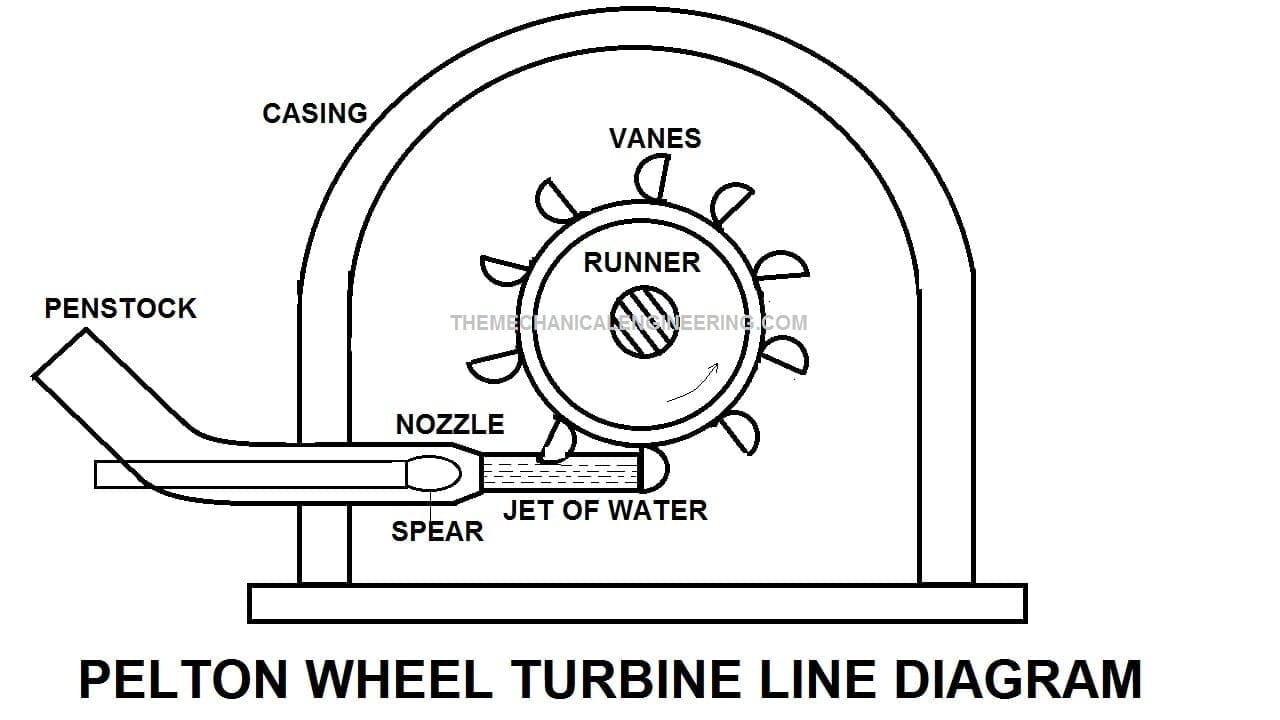
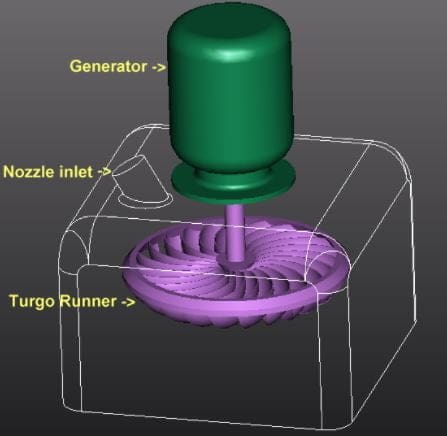
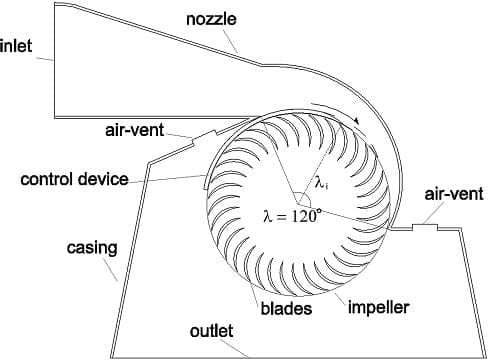

![Different Types of Measuring Tools and their Uses [Notes & PDF] Feature Image of Types of Measuring Tools](https://themechanicalengineering.com/wp-content/uploads/2023/01/Feature-Image-of-Types-of-Measuring-Tools-300x171.jpg)
![Steel: Properties, Different Types and Applications [Notes & PDF] Feature Image of Steel](https://themechanicalengineering.com/wp-content/uploads/2023/01/Feature-Image-of-Steel-300x168.jpg)

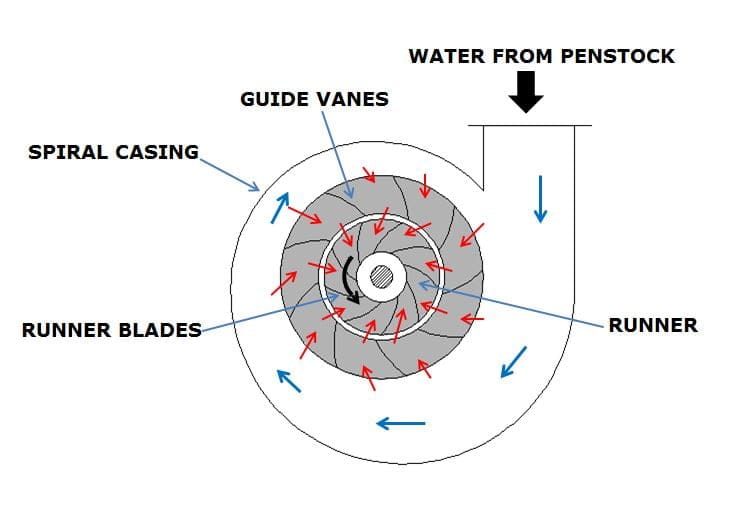
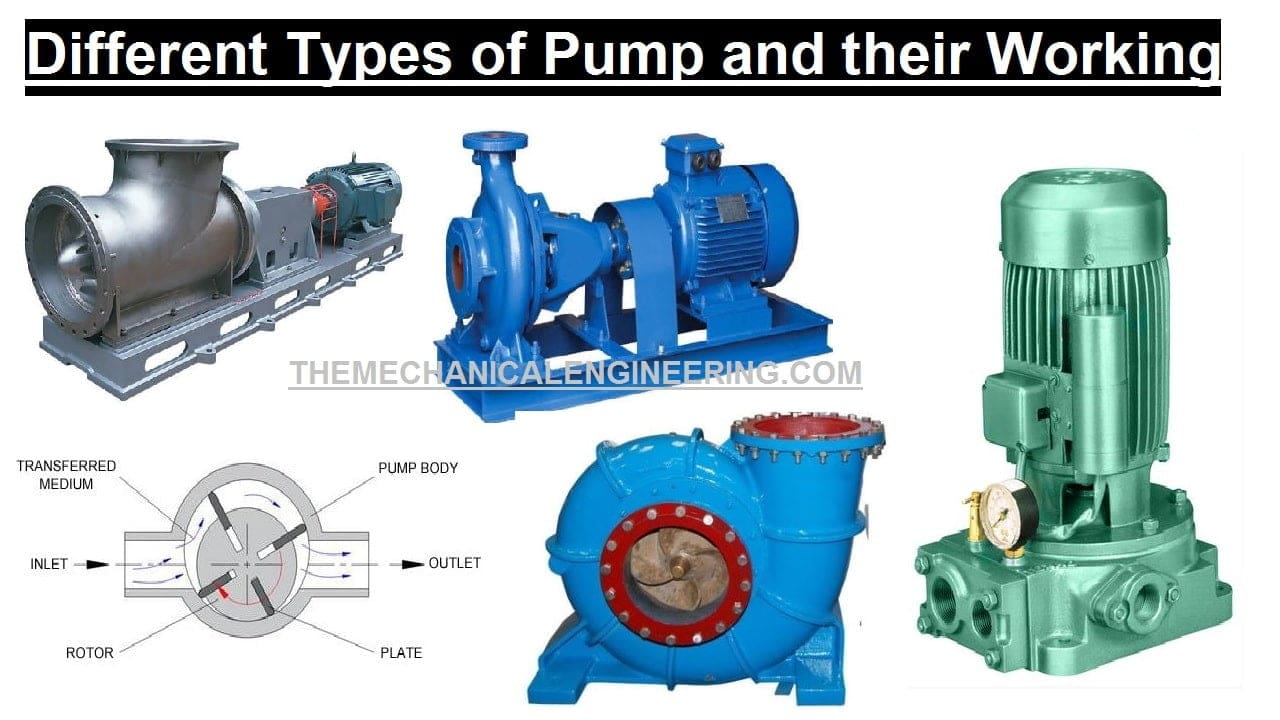
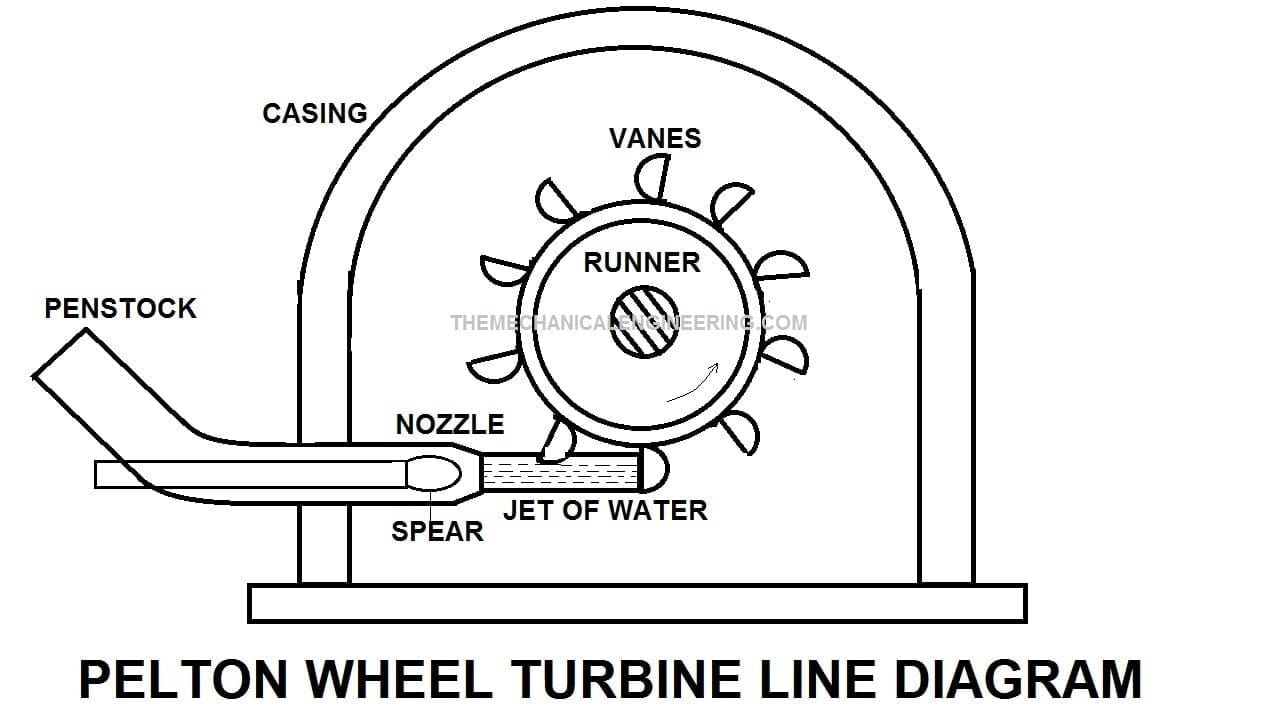

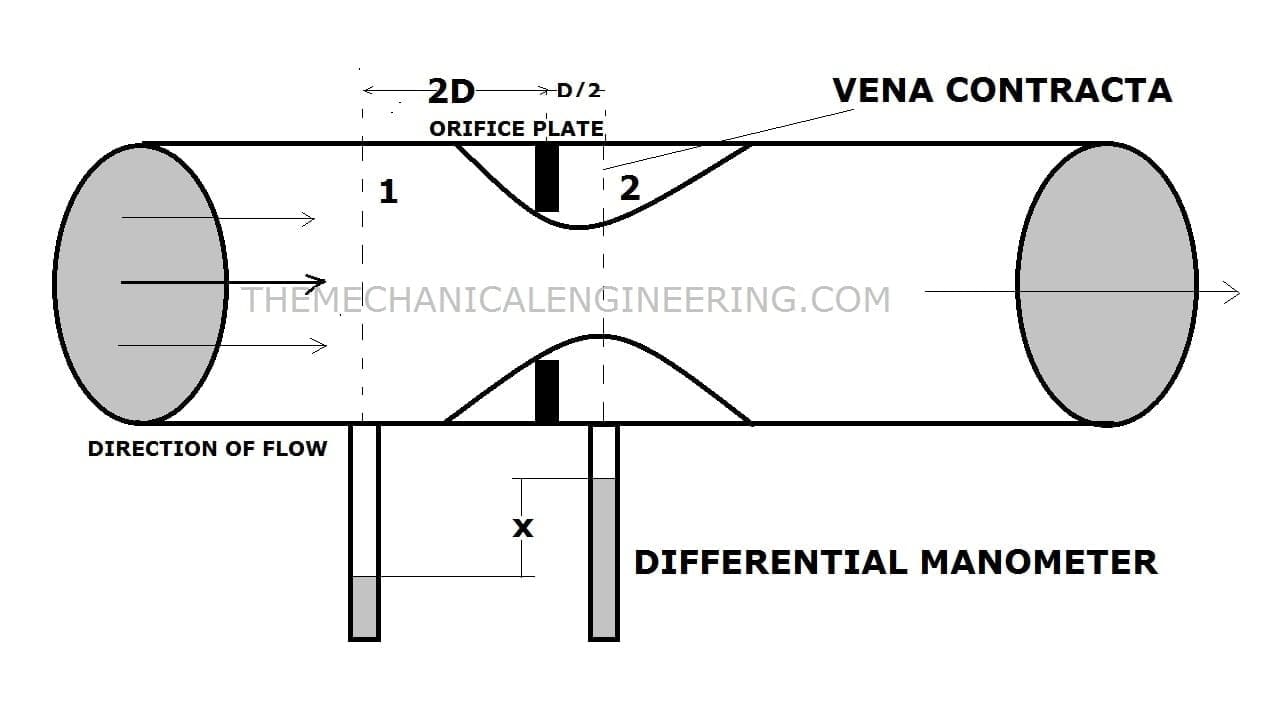
Discussion about this post